Ever tried telling Google exactly where to rank your Joomla website, but it just won’t listen? You are not alone. Your Joomla website needs a robust SEO plan to stand out in the digital world of severe search engine result page competition. It’s like trying to get noticed in a crowded room by whispering; you must be strategic about how loud you speak and what you say. That’s where we come in. This article, brought to you by Plerdy, is your megaphone. Plerdy’s tools are designed to amplify your website’s SEO efforts, ensuring your voice is heard loud and clear. Let’s dive into the eight best SEO strategies to elevate your Joomla website above the noise.
Understand Your Joomla Website’s SEO Needs
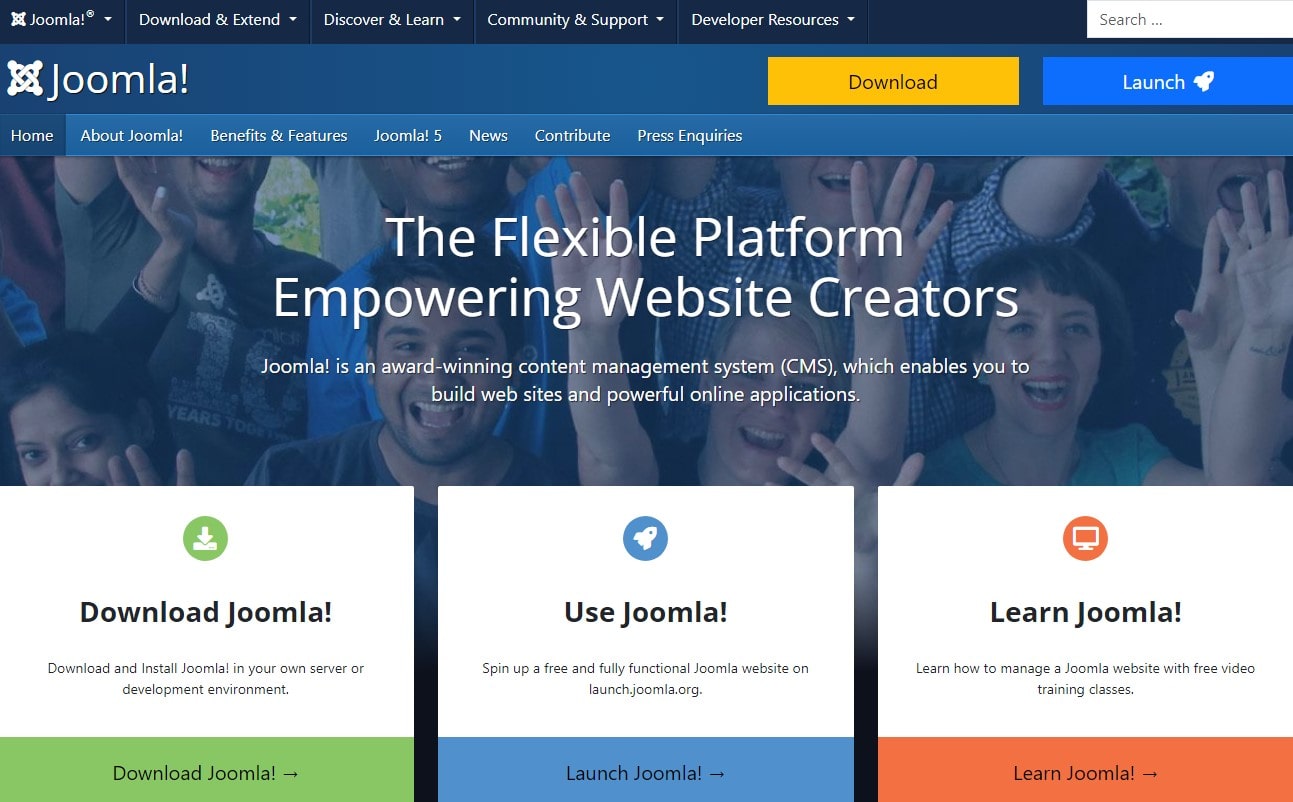
Understanding your Joomla website’s SEO needs is akin to knowing exactly what ingredients you need before cooking a gourmet meal. Without this knowledge, you’re just throwing things in the pot and hoping for the best. Let’s ensure your Joomla website has the right SEO recipe.
Conducting an SEO Audit
Begin by examining your current SEO status. Use tools like Google Analytics and Plerdy’s SEO Checker to analyze your website’s traffic, page load speed, and mobile responsiveness. Check for broken links and ensure your content is optimized with relevant keywords. This process highlights areas that need improvement and helps prioritize your SEO efforts.
Setting SEO Goals
With your audit data, it’s time to set specific, measurable, achievable, relevant, and time-bound (SMART) SEO goals. Whether improving page load speed by 2 seconds within three months or increasing organic traffic by 20% in the next quarter, clear goals guide your SEO strategy.
Checklist for an effective SEO audit:
- Traffic analysis
- Page load speed
- Mobile responsiveness
- Keyword optimization
- Backlink quality check
Understanding your website’s SEO needs is not a one-time job; it’s an ongoing process that requires regular audits and adjustments to your strategy. Starting with a thorough SEO audit and setting clear goals lays a solid foundation for your Joomla site’s success in the competitive digital landscape.
An SEO audit is about finding growth opportunities and not just about identifying problems. With your goals set, you’re ready to tackle the SEO challenges head-on, ensuring your Joomla website meets and exceeds its potential. Remember, a well-optimized Joomla site is your ticket to attracting more visitors, engaging them effectively, and, ultimately, achieving your business objectives.
Optimize Joomla Website Structure
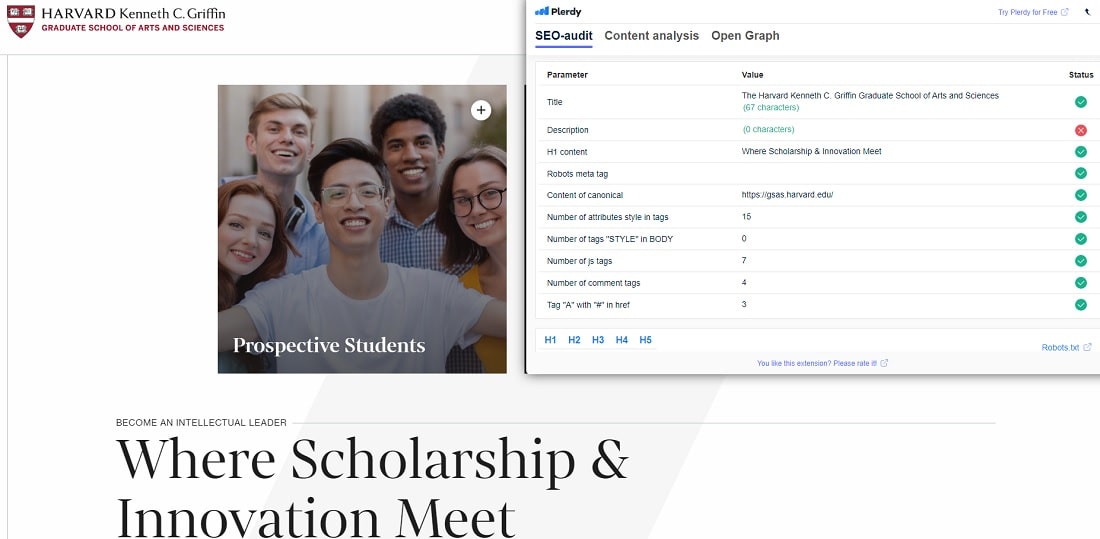
Just like a well-organized library guides you to the book you need, an optimized Joomla website structure leads visitors and search engines to the information they seek. Ensuring your Joomla website is neatly structured is crucial for SEO success.
SEO-Friendly URLs
Start by making your URLs friendly for both users and search engines. This means clear, concise URLs that reflect the page’s content. Joomla may make URLs search-engine-friendly by deleting extraneous parameters and adding keywords that indicate page content. For more on creating SEO-friendly URLs in Joomla, check authoritative resources like Joomla’s official documentation.
Utilizing Joomla’s Built-in SEO Features
Joomla has built-in SEO settings that many users need to utilize fully. Dive into the global configuration settings to enable features like search engine-friendly URLs, URL rewriting, and adding meta descriptions to your pages and articles. These settings ensure search engines can easily crawl and understand your website. A step-by-step guide on enabling these features can be found on Joomla’s SEO settings page.
Remember, an optimized website structure doesn’t just benefit your SEO; it improves user experience, leading to increased engagement and potentially higher conversion rates.
The structure of your Joomla site is the backbone of your SEO strategy. It’s about making it easy for search engines to find, index, and rank your content and guiding your visitors smoothly through your website. By focusing on SEO-friendly URLs and using Joomla’s built-in SEO features, your website is up for success. With a solid structure, your website is better poised to climb the ranks in search engine results pages.
Leveraging Joomla SEO Extensions and Plugins
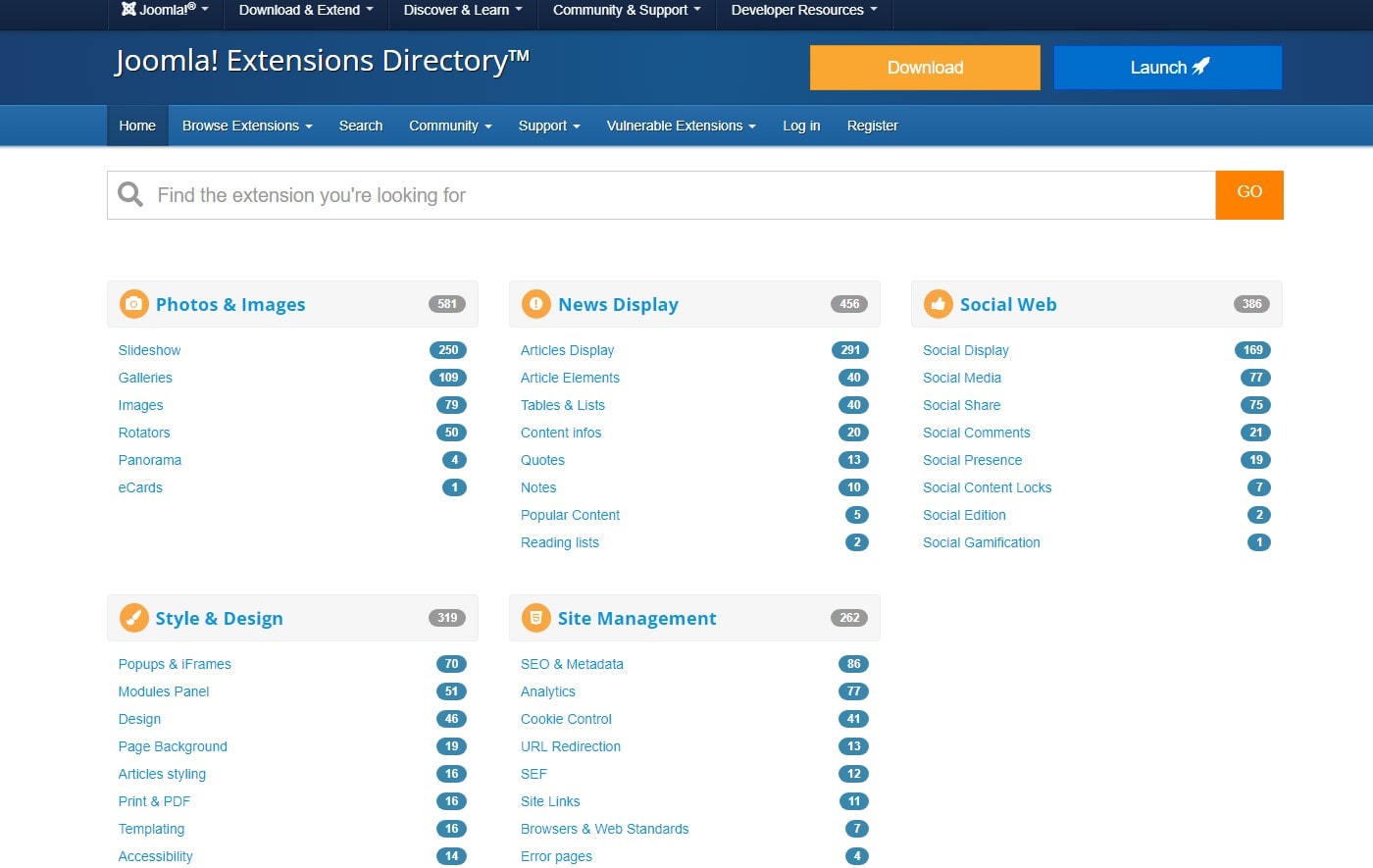
In the world of Joomla, not leveraging SEO extensions and plugins is like trying to cut a steak with a spoon – you might get there eventually, but there’s a much better tool for the job. Joomla’s ecosystem has many SEO-focused extensions and plugins to help you rank higher.
Must-Have SEO Extensions
The Joomla Extension Directory is a treasure trove of SEO tools. Key players include EFSEO for easy metadata management, sh404SEF for creating SEO-friendly URLs, and JCH Optimize for speeding up your website. Each of these extensions brings something unique, from improving page load times to enhancing your site’s visibility to search engines. Dive into the Joomla Extension Directory for a comprehensive list of SEO tools.
Installing and Configuring Plugins
The process is straightforward – navigate to the ‘Extensions’ tab in your Joomla dashboard, select ‘Manage’ and then ‘Install’. But the real magic happens in the configuration settings. Tailoring each plugin to suit your site’s needs can significantly amplify your SEO results. Take the time to understand each plugin’s settings; this effort will pay dividends in your site’s search engine performance.
Crafting a successful SEO strategy with Joomla doesn’t have to be a solo journey. By using these extensions and plugins, you can make your website stand out online.
Leveraging Joomla SEO extensions and plugins is not just about making your site search-engine friendly; it’s about giving it the competitive edge needed in today’s digital landscape. With the right tools in your arsenal, you can ensure that your site reaches its target audience and delivers a user experience that keeps them coming back. Remember, in the vast ocean of online content, having a finely tuned Joomla website is your best bet for capturing and holding the attention of your desired audience.
Content is King: Creating SEO-Friendly Content on Joomla
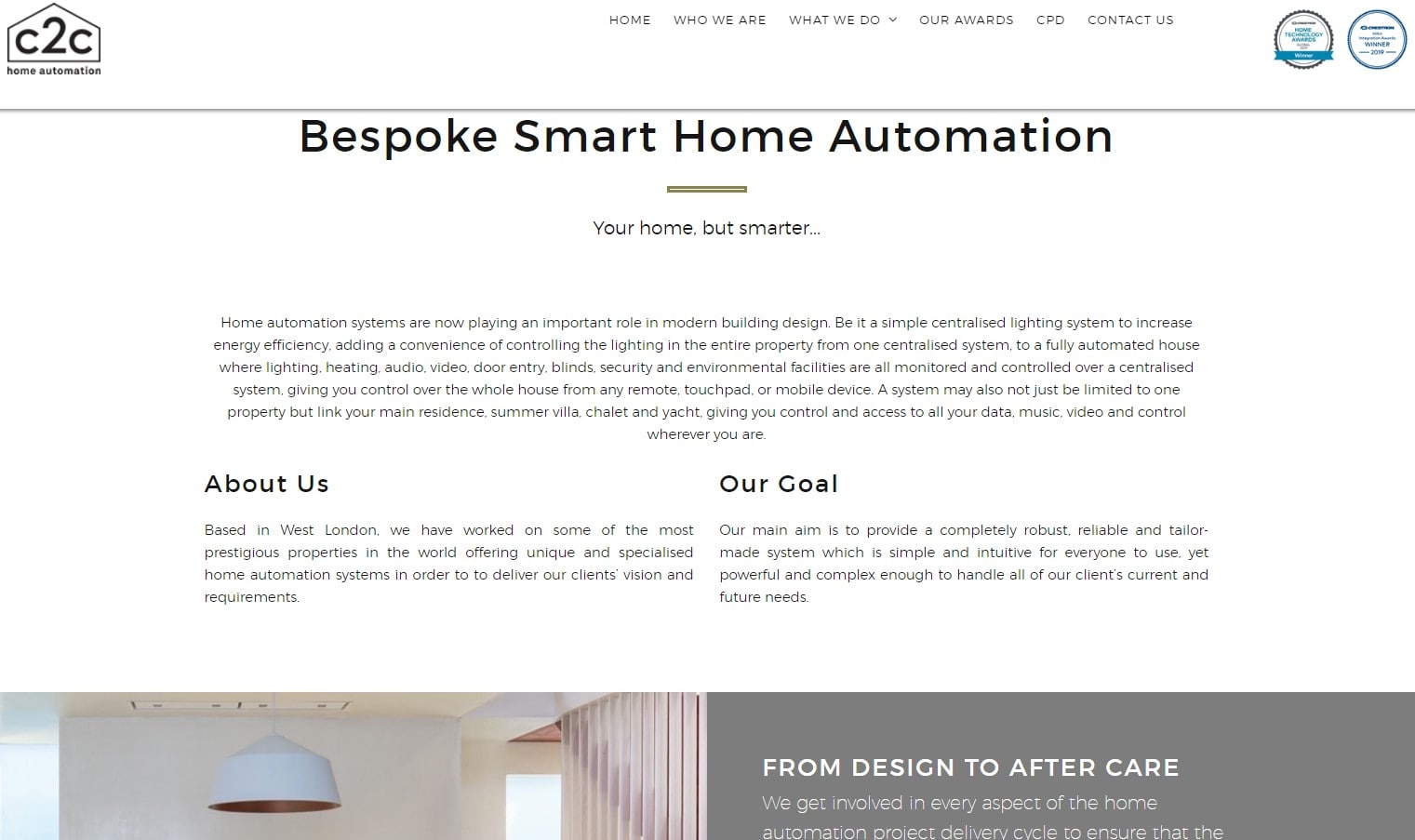
In the digital kingdom, content wears the crown and commands the realm of SEO. For Joomla users, creating content that reigns supreme in search engine rankings isn’t just about writing; it’s about crafting with strategy, purpose, and the audience in mind.
Keyword Research and Integration
It all starts with the foundation—keywords. Use Google Keyword Planner or SEMrush to find your audience’s keywords. This isn’t about stuffing as many keywords into your content as possible; it’s about weaving them seamlessly into your articles, titles, and meta descriptions in a natural way. Integrating keywords thoughtfully enhances your visibility without compromising the user experience.
Enhancing Readability and Engagement
Your content must be found, loved, and consumed. This means breaking down complex ideas into digestible pieces, using headings and subheadings to guide your readers through the text, and incorporating multimedia elements to enrich the narrative. Engagement isn’t just about catching the eye; it’s about holding the gaze. Check out Yoast SEO in the Joomla Extension Directory to optimize your content for search engines and readers.
Creating content that is both SEO-friendly and compelling is a balancing act. It takes innovation, audience knowledge, and attention to detail. By focusing on strategic keyword integration and prioritizing readability and engagement, you elevate your Joomla site’s content from mere words on a page to a powerful tool for attracting and retaining visitors.
Improving Website Speed and Performance
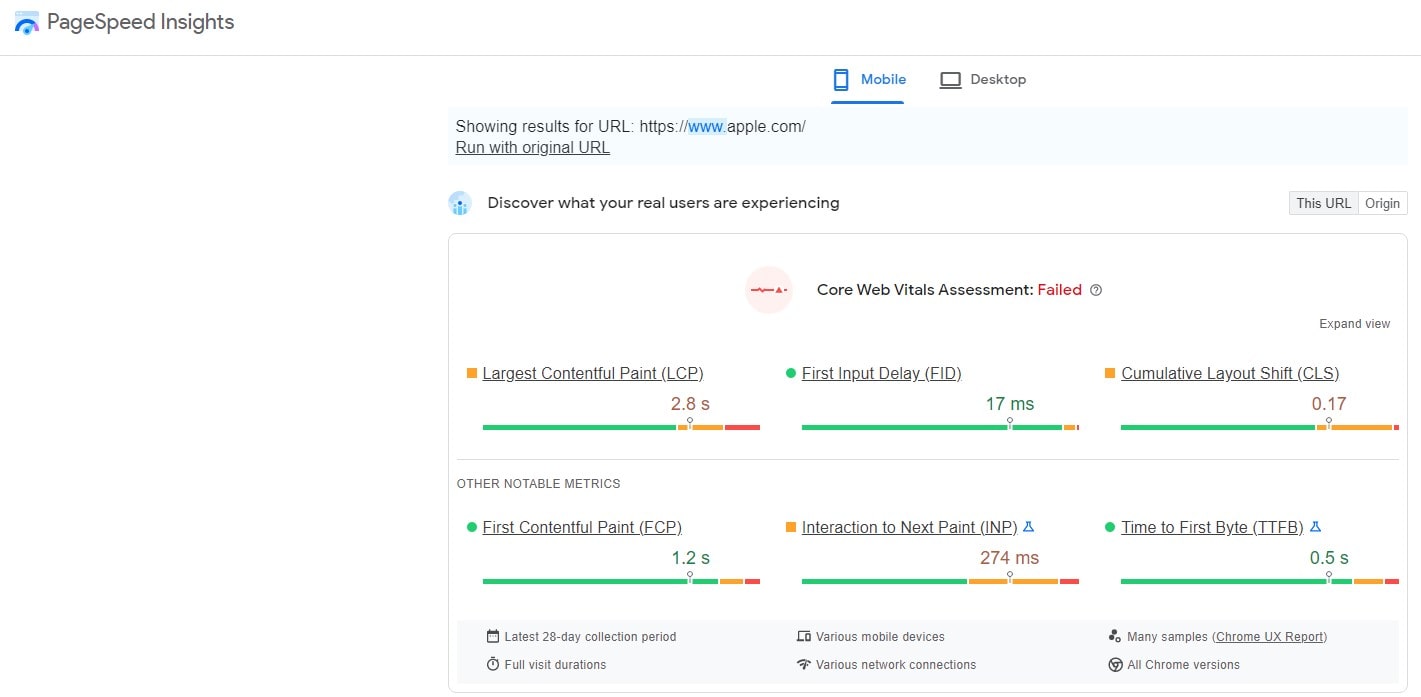
The moment may have passed if a website loads slowly in the fast-paced digital age. Ensuring your website loads quickly for Joomla users isn’t just about keeping pace; it’s about setting the pace, improving user experience, and boosting your SEO rankings.
Optimizing Images
A picture is worth a thousand words but should take less than a thousand seconds to load. Before uploading images to your Joomla site, use tools like TinyPNG or JPEGmini to compress them without losing quality. Also, consider the dimensions; larger images take longer to load. This simple step can drastically reduce page load times, making your website more appealing to users and search engines.
Caching and Compression
Joomla offers built-in caching options that store parts of your website on visitors’ devices, significantly reducing load times on subsequent visits. Enabling Gzip compression through your Joomla settings can also compress your website’s files, speeding up the transfer of information to your visitors’ browsers. These technologies work together to make your website faster and more efficient.
A fast website delights visitors and is a friend to search engines. By optimizing images and utilizing Joomla’s caching and compression features, you improve website speed, enhance the overall user experience, and give your SEO a notable boost.
Mobile Optimization for Joomla Sites

In today’s world, a mobile-optimized website isn’t just an option; it’s a necessity. With more people using smartphones than ever, your Joomla site must be mobile-friendly to reach your audience.
Responsive Design
The cornerstone of mobile optimization is a responsive design that seamlessly adjusts content and layout to fit various screen sizes. Joomla templates are responsive, but testing on numerous devices ensures a consistent user experience. Google’s Mobile-Friendly Test can assess your website’s mobile performance and propose improvements.
Mobile SEO Best Practices
Beyond design, optimizing for mobile search involves understanding how mobile users search and what they search for. This includes implementing local SEO strategies if you’re targeting a local audience, as mobile searches often have local intent. Additionally, page speed becomes even more critical on mobile, so optimizing images and leveraging caching are must-do tasks for mobile users to keep your site speedy.
Embracing mobile optimization for your Joomla site means more than just reaching mobile users effectively; it’s about providing an exceptional user experience that encourages engagement and conversion, regardless of the device used to access your site.
Building High-Quality Backlinks for Joomla Websites
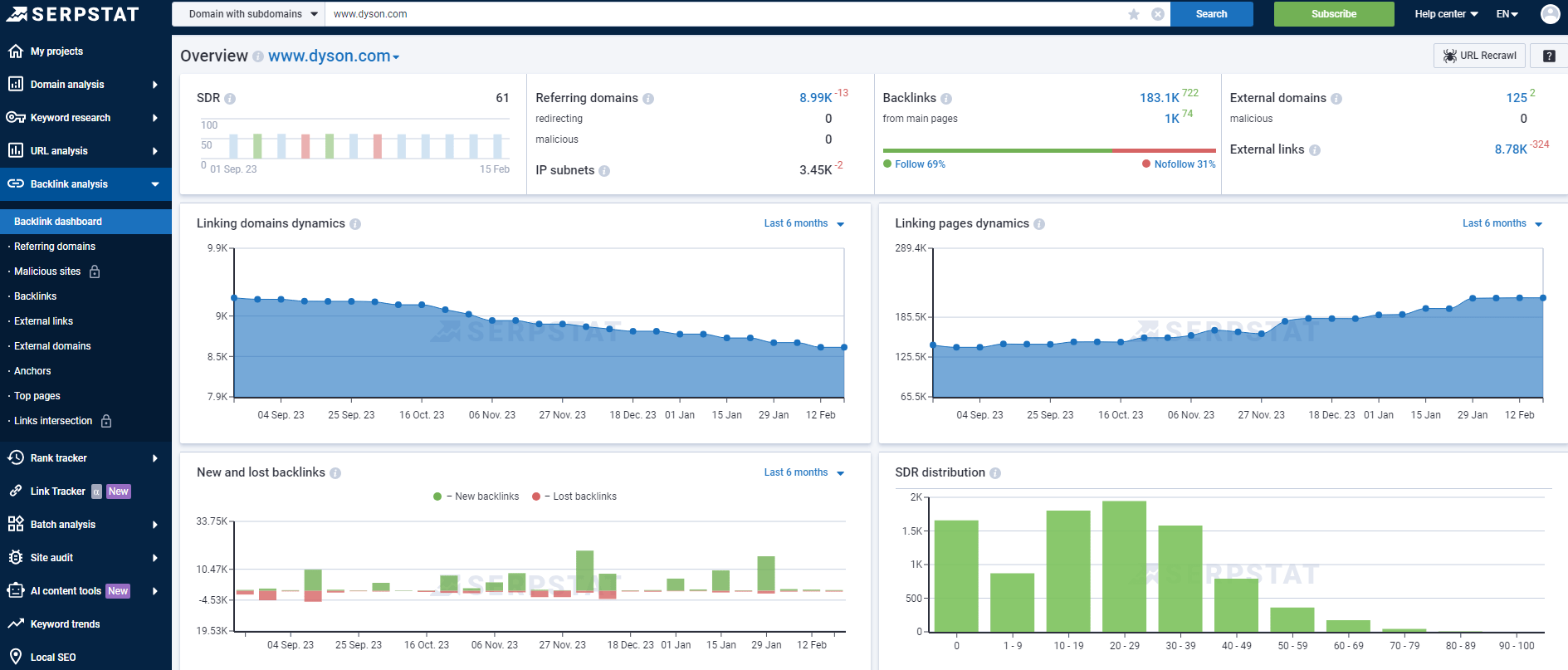
In the vast ocean of the internet, high-quality backlinks are like lighthouses guiding ships to your Joomla site’s shore. They increase your site’s visibility and enhance its credibility and search engine rankings. But how do you get these lighthouses to shine in your direction?
Understanding the Value of Backlinks
Backlinks are website endorsements. They tell search engines others endorse your work. But not all backlinks are equal. Focus on earning backlinks from reputable, high-authority websites in your niche. These are the backlinks that can significantly boost your SEO efforts.
Strategies for Acquiring Quality Backlinks
Building a network of high-quality backlinks requires a proactive approach. Start with creating compelling, share-worthy content that naturally attracts backlinks. Engage in guest blogging on reputable sites within your industry, offering valuable insights that lead readers back to your Joomla website. Join specialty online communities and forums and answer questions with links to your work. Remember to leverage social media to share your content widely, increasing its visibility and the likelihood of earning backlinks.
Monitoring and Maintaining SEO Performance
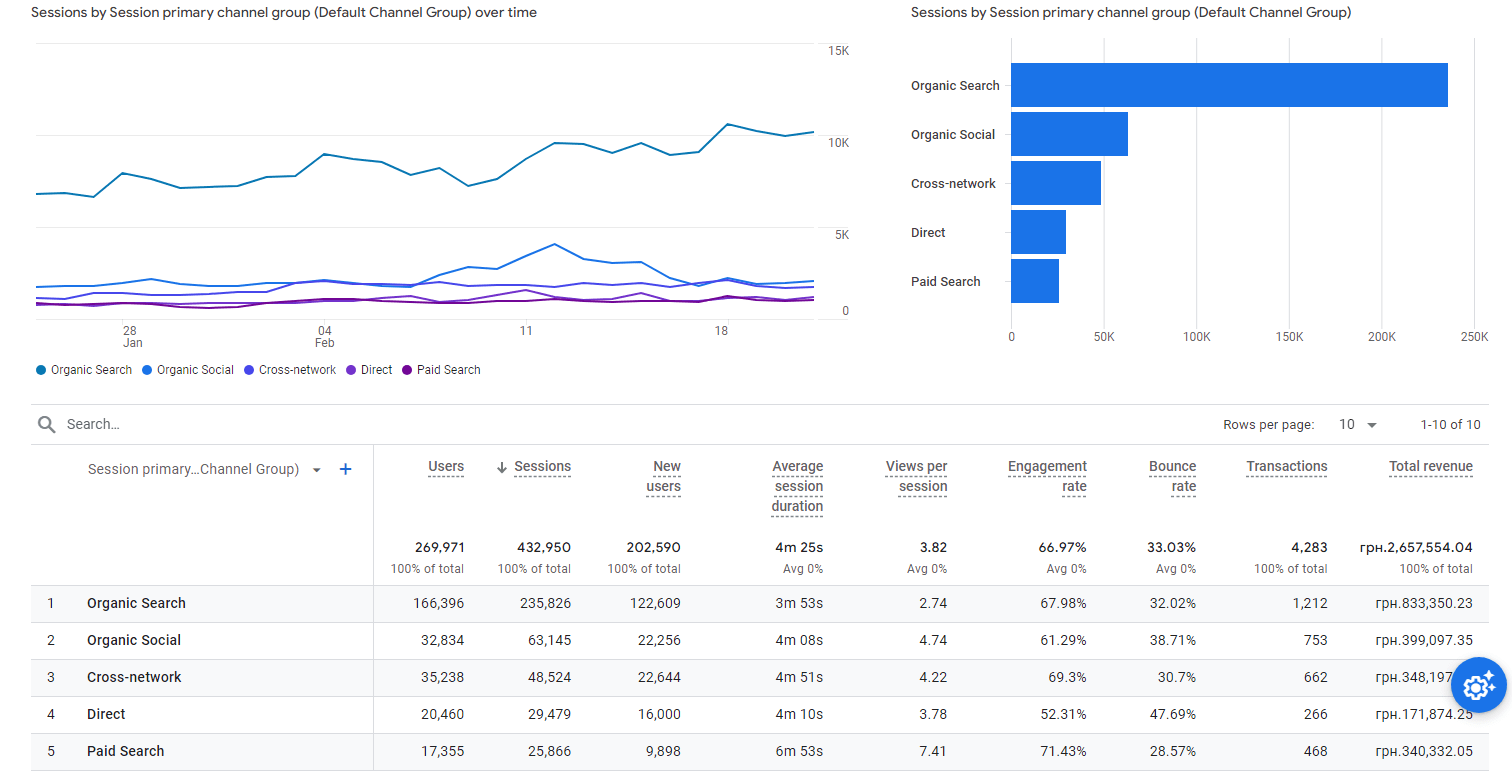
Launching your Joomla site into the vast digital sea without a compass for navigating SEO performance is like setting sail without a map. Monitoring and maintaining your SEO efforts are pivotal to ensuring your website stays on track. Let’s chart the course for continuous SEO improvement.
Using Analytics Tools
The compass for your SEO journey comes in the form of analytics tools. Google Analytics and Search Console are vital for measuring organic traffic and keyword rankings. These tools let you analyze how visitors use your website to determine what works and needs improvement. Regularly checking these metrics gives you a clear picture of your SEO health.
Regular SEO Checkups
Just as ships need regular maintenance to stay seaworthy, your Joomla site needs regular SEO checkups. This involves revisiting your keyword strategy to adapt to market changes, analyzing backlink quality, and ensuring your website’s mobile optimization stays on point. Site loading speed affects SEO and user experience.
Navigating the SEO landscape requires vigilance, adaptability, and a keen eye on performance metrics. By leveraging the right tools and committing to regular checkups, you ensure your Joomla site remains visible and competitive.
Conclusion
Embarking on the SEO journey with your Joomla website is akin to setting sail across digital oceans. You can handle the online competition with the right tools. SEO is a journey, not a sprint. Websites need patience, perseverance, and ongoing optimization to reach the first page of search results. Craving more insights and strategies to bolster your digital journey? Dive into Plerdy’s blog for a treasure trove of knowledge to elevate your site’s performance. Let Plerdy be your compass in the vast sea of digital marketing, guiding you to success with every click.
